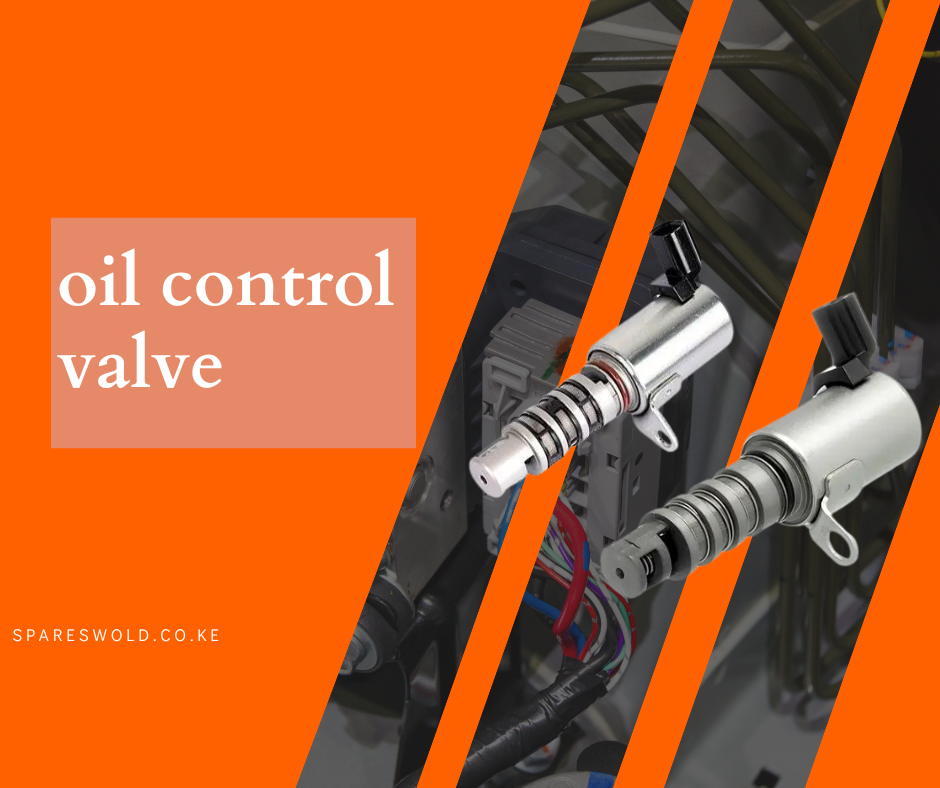Signs of a Faulty Oil Control Valve: What to Look Out For

Discover the critical warning signs of a failing oil control valve in your vehicle, ensuring your engine maintains its peak performance;
Understanding the Role of the Oil Control Valve in Engine Performance
The oil control valve (OCV) plays a crucial role in the Variable Valve Timing (VVT) system of an engine. It regulates the flow of oil to the camshaft, which in turn adjusts the timing of the engine’s valves. This precise control helps in optimizing engine performance, improving fuel efficiency, and reducing emissions.
When the OCV is functioning correctly, it ensures that the engine runs smoothly and efficiently. However, if the OCV fails, it can lead to a host of problems that can affect the overall performance and health of your vehicle.
Common Symptoms of a Malfunctioning Oil Control Valve
A faulty oil control valve can manifest through various symptoms. One of the most common signs is a rough idle, where the engine may feel shaky or unstable when the vehicle is idling. This is due to the improper timing of the engine valves caused by the malfunctioning OCV.
Another symptom is a noticeable decrease in fuel efficiency. Since the OCV is responsible for optimizing the engine's performance, a malfunction can lead to increased fuel consumption. Additionally, you may experience a lack of power or poor acceleration, as the engine struggles to operate efficiently without proper valve timing.
Lastly, the check engine light may illuminate on your dashboard. This light can be triggered by a variety of issues, including a faulty OCV. It’s essential to get a diagnostic scan to pinpoint the exact cause.
How a Faulty Oil Control Valve Affects Your Vehicle's Health
Ignoring a faulty oil control valve can lead to severe long-term damage to your engine. The improper timing of the engine valves can cause excessive wear and tear on the camshaft and other engine components. Over time, this can result in costly repairs or even engine failure.
Furthermore, a malfunctioning OCV can negatively impact the emission levels of your vehicle, leading to potential environmental harm and failing emissions tests. It’s crucial to address any issues with the OCV promptly to maintain your vehicle’s health and compliance with environmental regulations.
DIY Diagnosis: Identifying Oil Control Valve Issues at Home
While it’s always recommended to consult a professional for accurate diagnostics, there are a few steps you can take at home to identify potential issues with the oil control valve. Start by checking the engine oil level and quality. Dirty or low oil can affect the performance of the OCV.
Next, listen for unusual noises coming from the engine, such as ticking or knocking sounds, which can indicate valve timing issues. You can also use an OBD-II scanner to check for error codes related to the OCV. Common codes include P0010, P0011, P0020, and P0021, which indicate problems with the VVT system.
Professional Advice: When to Seek Help for Oil Control Valve Replacement
If you’ve identified symptoms or diagnostic codes that suggest a faulty oil control valve, it’s essential to seek professional help. A certified mechanic can perform a thorough inspection and confirm whether the OCV needs to be replaced.
Replacing an oil control valve is a complex task that requires specialized tools and knowledge. Attempting to replace it yourself without the proper expertise can lead to further damage. Trust a professional to ensure the job is done correctly and safely, restoring your engine to optimal performance.

 Loading..
Loading..